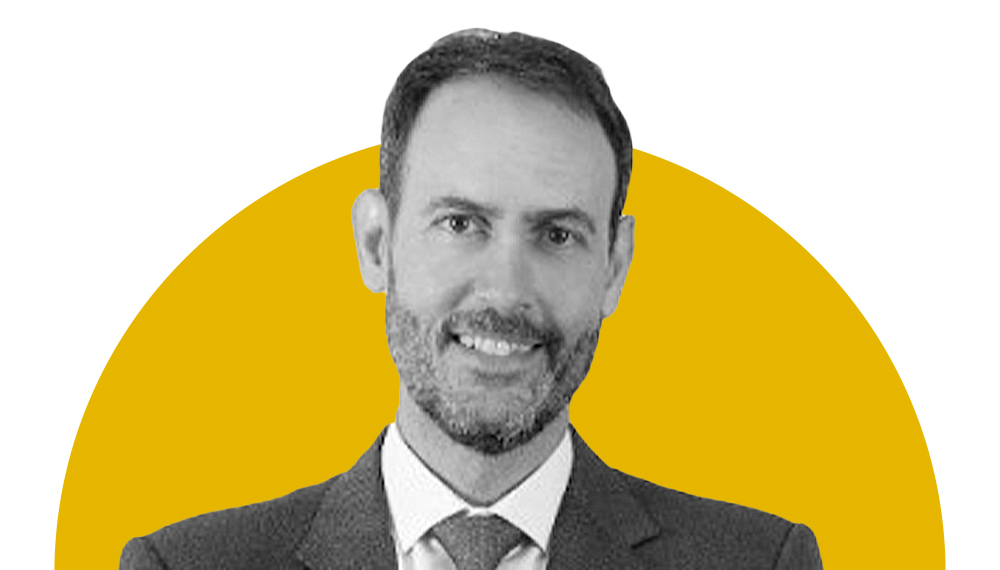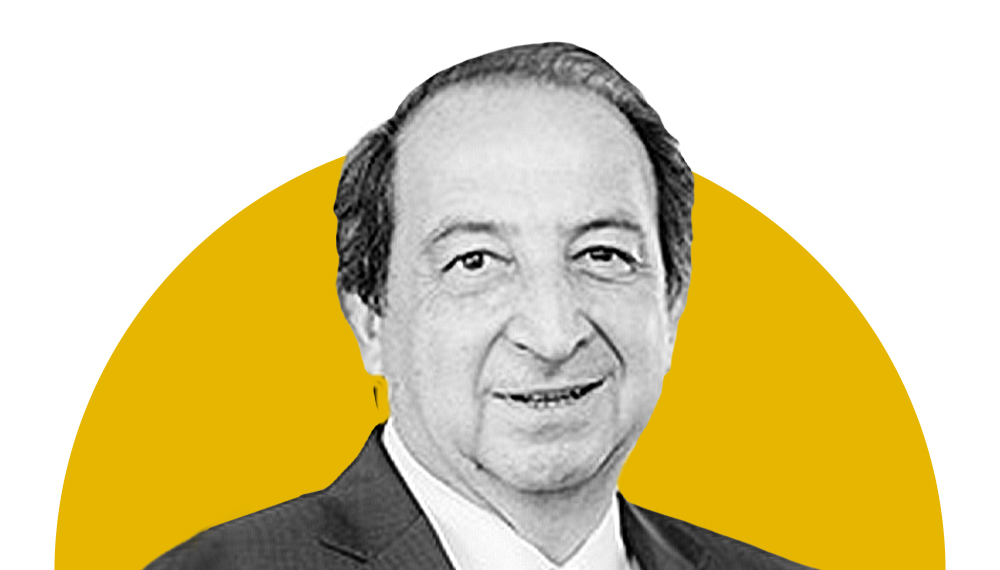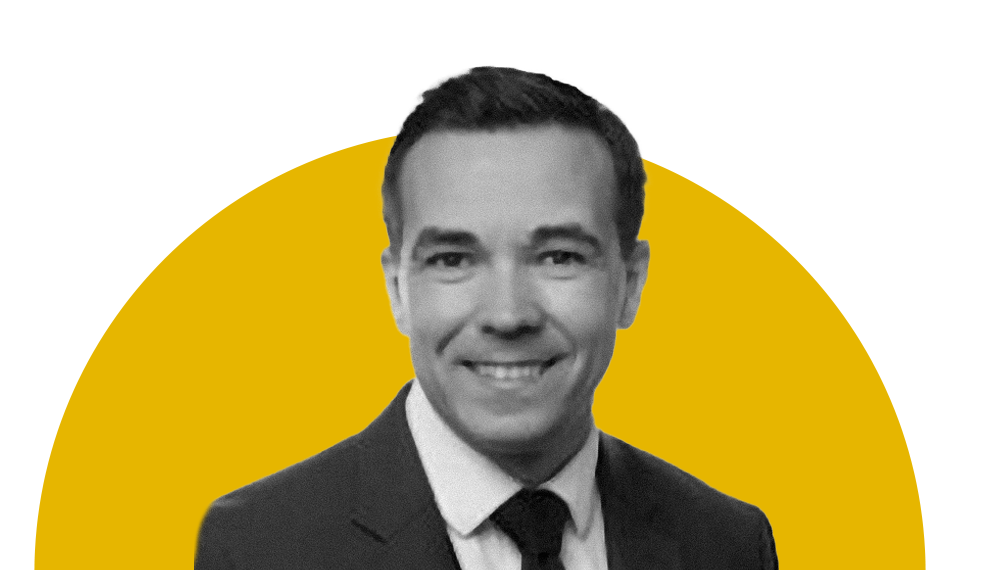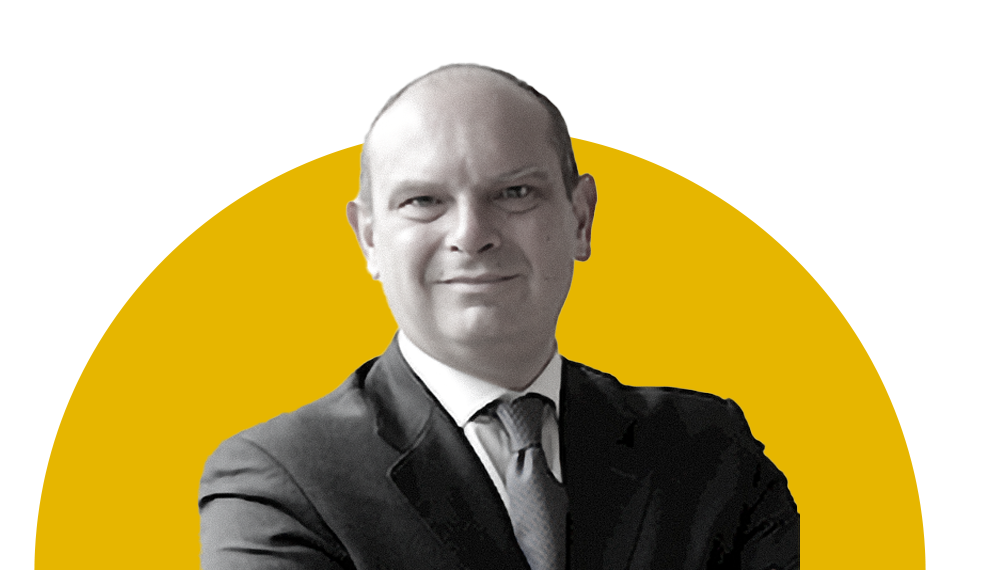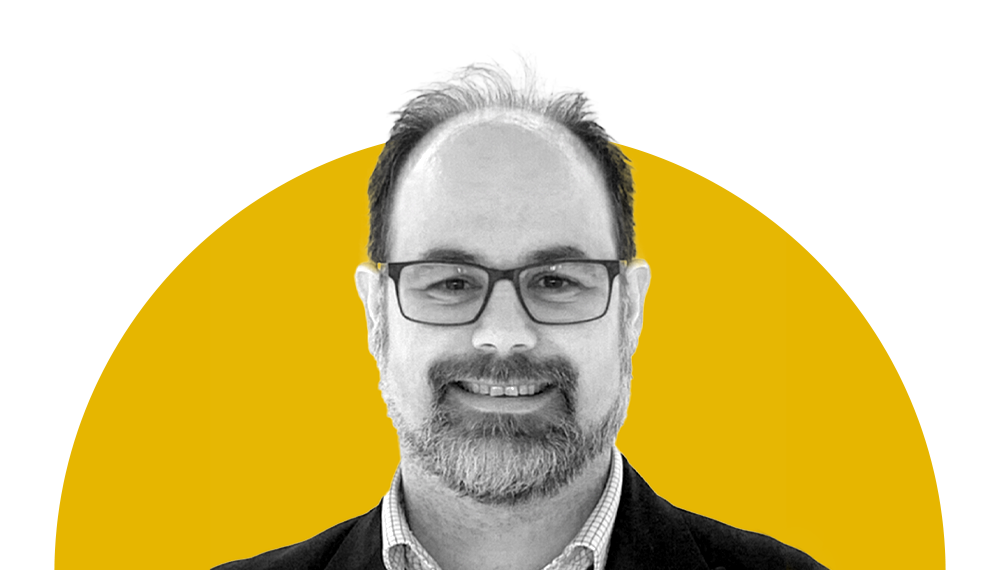Like many young professionals who recently entered the workforce or started a new job, my first work week was online. We spent hours on video calls discussing the company mission, meeting leaders, bonding with fellow employees, and learning about skills and tricks to success. At the end of the week, I knew what leadership expected from me and how to achieve success. When young employees enter companies and join new teams, a host of onboarding material establishes the expectations for the job. But what do the Generation Z employees expect from their leaders?
Young professionals want to be connected
When I started my career and entered the workforce, I began interacting with different leadership styles. I quickly learned that I didn’t want to be micromanaged or cheered on from a distance. Instead, I was looking for a leader who understood my strengths and weaknesses, invested in my career plan, and was willing to connect me to resources that could further my career. Leaders who function as connectors provide younger employees like myself with valuable experience in their area of expertise, while including resources that better suit their employees’ skills and desired opportunities.
Connectors invite young professionals to meet leaders, share information repositories or valuable tools, and help map their careers. They empower others to make more significant contributions to an organization.
When leaders were open to providing personalized information sessions and connecting with new hires one-on-one, this made the first networking steps easy, opening doors to further connections.
As a young professional my network was limited and one leader’s effort to connect me with other leaders and resources made a substantial impact on my career. A key aspect of my onboarding experience was when leaders were open to providing personalized information sessions and connecting with new hires one-on-one. This made the first networking steps easy, opening doors to further connections.
One influential leader in my career was my professor, Senior Lecturer in Organizational Leadership, Policy, and Organizations at Vanderbilt University, Dr. Corbette Doyle. She connected me with resources that helped me progress to my current position. When looking for summer experience, Dr. Doyle connected me to an opportunity in my field of study. When I was considering where to start my career, she introduced me to professionals for info-calls, so I could identify various career paths, discover how to highlight my skills, and get information on where I wanted to apply. I realized my potential largely thanks to the opportunities and information my leader provided.
Do as I say (and as I do)
Young professionals receive a large amount of new information when they start at a company. They will look beyond what leadership says to how leadership behaves in determining what to follow. For example, leaders who stay late to finish projects communicate the importance of dedication to their employees. Leaders who take vacations and sick days communicate to their employees the importance of work/life balance. The culture and values of organizations are built by how leadership behaves as much as what leadership dictates.
In a recent LinkedIn post, leadership expert and bestselling author Dr. Patrick Leddin discussed the importance of the ‘leaders jump first’ practice. As a former US Army Captain in the 82nd Airborne Division, Dr. Leddin expressed how leaders have the responsibility to model the behavior necessary to achieve success, which is one reason military leaders jump from the airplane before their subordinates.
An example of a leader who exemplifies ‘jump first’ is Tom Brady, whose recent retirement and return to football has offered multiple stories of how the quarterback leads others through his work ethic, focus, and determination in his tasks. While most of us are not jumping from planes or throwing touchdown passes during the work week, leaders can still practice jumping by embracing innovative technologies, respecting their coworkers, or tackling a problem with expertise and grace.
Communication is crucial
Experience is the most significant missing piece in a young professional’s attributes – one we are trying to obtain by working within an organization. What makes the experience so valuable in the workplace is both the ability to lean on previous lessons learned and the ability to understand how projects and deliverables fit the bigger picture of a business or industry.
The best way to bring young professionals up to speed is to include them in project planning and governance meetings. We will benefit from gaining a better understanding of how the business operates. As young professionals, our work will improve as the organization’s goals inform what we are working toward.
Remember that many young professionals are exiting the days of graded assignments and entering the world of annual reviews. Providing specific feedback often allows them to adjust to industry standards or company preferences, reducing the time it takes for new employees to look like seasoned pros.
How to attract, train, and retain
For Generation Z, a company’s mission is essential. Companies that center their mission on social improvements tend to withstand adverse markets and grow at faster rates. In addition, many recent graduates discuss how their work impacts society for the better. Therefore, it is important to Gen Z employees that they can see how a company makes a difference.
To be successful in any activity, people need practice. When training new employees, limiting the number of long video meetings and introductory information sessions can avoid ‘Zoom burnout’. Instead, companies could create practice projects that mimic the job activities expected of new hires. Feedback on deliverables and encouragement helps develop the skills leaders consider valuable to the organization. This also can give your company insight into where new employees should be placed within teams.
The modern workplace is continuously adjusting to the work-life balance people increasingly seek. The most accommodating companies will have higher retention and employees that contribute their best work.
Remember that everyone in recruiting, training, and working is a human, whether it’s a Gen Z’s first job or a Baby Boomer’s lifelong career. We all have different circumstances and needs. For example, some team members prefer to work remotely while others prefer in-person environments. Some people prioritize financial security, while others prioritize travel and experience. The modern workplace is continuously adjusting to the work-life balance people increasingly seek. The most accommodating companies will have higher retention and employees that contribute their best work.
The modern work environment is changing. Young professionals today have options in selecting their employer, work model and career path. Whether work is done in an office or remotely, they are looking for leaders that facilitate real progress in their careers, and how they can impact people’s lives.






